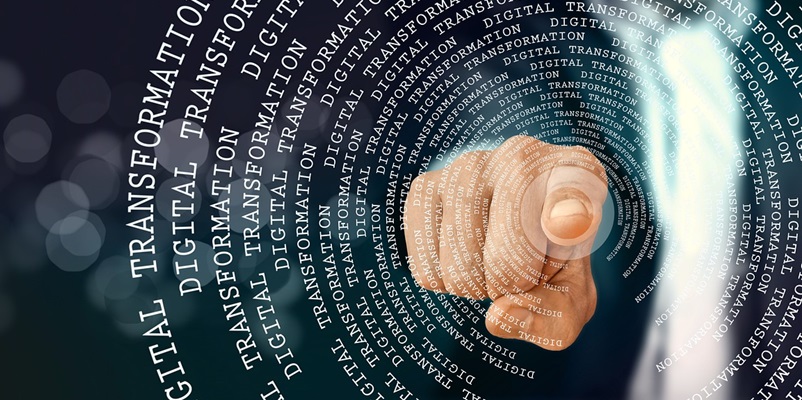The rapid advancements in digital transformation are not merely confined to technological upgrades but also encompass significant cultural changes within companies, enhancing their competitive edge. As industries around the globe embrace the benefits of digital transformation, they find their operations becoming faster, more flexible, and increasingly efficient. This transformation demands a comprehensive approach involving global training plans that include upskilling and reskilling, a reorganization of work structures, and the incorporation of new professional profiles. Such an approach ensures that industries can adapt to and thrive in this tech-driven landscape. However, the impact of digital transformation on the industrial sector is multi-faceted, affecting everything from day-to-day operations to long-term strategic planning.
1. Examination
The journey toward successful digital transformation begins with a thorough examination of the existing setup. This initial step involves diagnosing improvement points directly from the factory’s own facilities. By assessing the current situation, including processes and operations, industries can identify gaps and inefficiencies that digital solutions can address. The assessment also involves evaluating the level of technological maturity within the company to determine readiness for adopting new technologies. Such comprehensive diagnostics are crucial as they lay down the foundation for all subsequent steps in the digital transformation process.
In this stage, companies must methodically gather data across various departments to get a holistic view of the operational landscape. This involves not just looking at what is currently being done but also how it is being done. Existing processes are mapped out, identifying bottlenecks or redundant steps that can be eliminated or automated for better efficiency. The goal is to create a detailed, data-driven understanding of the current state, which can guide the transformation endeavors. Additionally, soliciting feedback from employees on the ground can provide practical insights that might be overlooked by top management.
2. Specification and Forecasting of Technology
After the initial examination phase, the next step is the specification and forecasting of technology to be implemented. This stage focuses on office work to create detailed process maps and pinpoint specific improvement areas based on the analysis from the first phase. The creation of these maps is essential as they offer a visual representation of the current workflows and highlight where technological interventions can make the most significant impact. It also involves formulating a clear roadmap for implementing the necessary technological updates to steer the company toward Industry 4.0.
In building this roadmap, the industry must consider various technology options such as Artificial Intelligence (AI), Internet of Things (IoT), and automation tools that can seamlessly integrate with existing systems. Each technology is evaluated on its potential to enhance operational efficiency and its feasibility within the current infrastructure. The roadmap should also include timelines, resource allocation, and measurable objectives to ensure a structured approach to implementing new technologies. This targeted planning will help in minimizing disruptions during the implementation phase and ensure a smoother transition.
3. Closing
Once the specification and forecasting phase is complete, the closing stage involves presenting the results and conclusions drawn from the earlier steps. This phase includes the documentation of findings, which serve as a critical resource for companies as they begin to implement the digital transformation strategies. These documents should detail the identified improvement points, proposed technological updates, and the defined roadmap, offering clear guidance for the next phases of digital transformation.
It’s essential that the presentation of these results is comprehensive yet clear, catering to the needs of various stakeholders within the company. This includes management, who will be approving budget allocations, and operational teams who will be directly affected by these changes. The documents should also include risk assessments and contingency plans to address any potential challenges that might arise during the implementation phase. By providing a well-rounded overview at the closing stage, companies can prepare themselves better for the transition and ensure everyone is on the same page.
4. Supporting the Execution
Following the initial examination phase, the next step involves specifying and forecasting the technology to be implemented. This stage focuses on office work to create detailed process maps and identify specific areas for improvement, building on the analysis from the initial phase. These maps are crucial as they provide a visual overview of current workflows and highlight where technological interventions can have the most substantial impact. It also includes crafting a clear roadmap to implement the necessary technological updates, guiding the company toward Industry 4.0.
When developing this roadmap, the industry must consider various technological options such as Artificial Intelligence (AI), the Internet of Things (IoT), and automation tools, ensuring they can integrate seamlessly with existing systems. Each technology is assessed based on its potential to improve operational efficiency and fit within the current infrastructure. The roadmap should also detail timelines, allocate resources, and outline measurable objectives to maintain a structured approach to technology implementation. This meticulous planning aims to minimize disruptions during the implementation phase and ensure a smoother transition.

